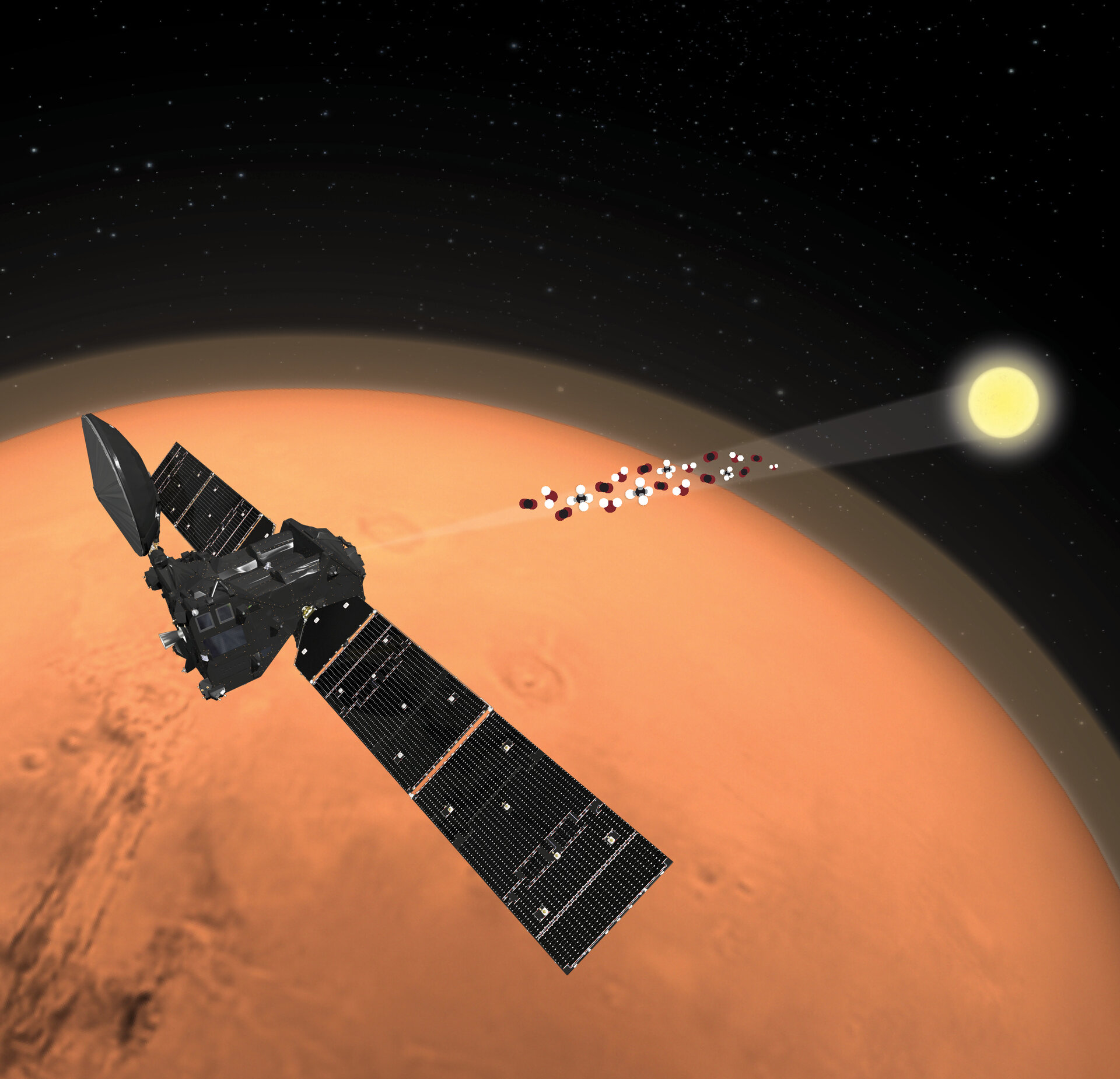New plasma tech for oxygen, fuel and fertiliser from Mars' atmosphere
Using novel plasma reactors, researchers have shown that it is possible to extract key ingredients from Mars' carbon dioxide-rich atmosphere to provide future astronauts with oxygen, fuel and fertiliser. This technological leap could make it viable for humans to live on Mars.
What's new?
Oxygen and nitrogen oxides are two of the most important substances for survival on Mars – oxygen for breathing and refuelling rockets for a return journey, and nitrogen oxides to fertilise crops. Unfortunately there is very little of either in the martian atmosphere.

This new process uses plasma to convert carbon dioxide into oxygen more efficiently than ever before. It also, for the first time, enables nitrogen to react with oxygen to produce nitrogen oxides.
The research was carried out independently by the University of Antwerp and a group led by the University of Lisbon, who both published their results in August. The teams were funded by the Discovery element of ESA's Basic Activities, having submitted their ideas through ESA's Open Space Innovation Platform (OSIP) last year.
How it works
The teams behind the research recreated the Martian atmosphere (96% carbon dioxide, 2% molecular nitrogen and 2% argon) in a homemade plasma reactor. Whilst the University of Antwerp applied microwaves to the gas, the University of Lisbon group used alternatives like radio waves and direct current – both teams were aiming to excite the gas into a plasma state.
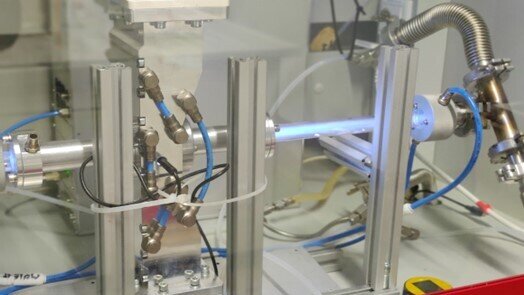
"The plasma is generated by introducing electrical energy into a reactor," says Annemie Bogaerts, who co-authored the University of Antwerp research. "In practice, it comes down to creating small lightning bolts in our reactor. These lightning bolts first split the gas molecules, such as carbon dioxide and nitrogen, into highly reactive species, after which these species collide with each other again and form new products."
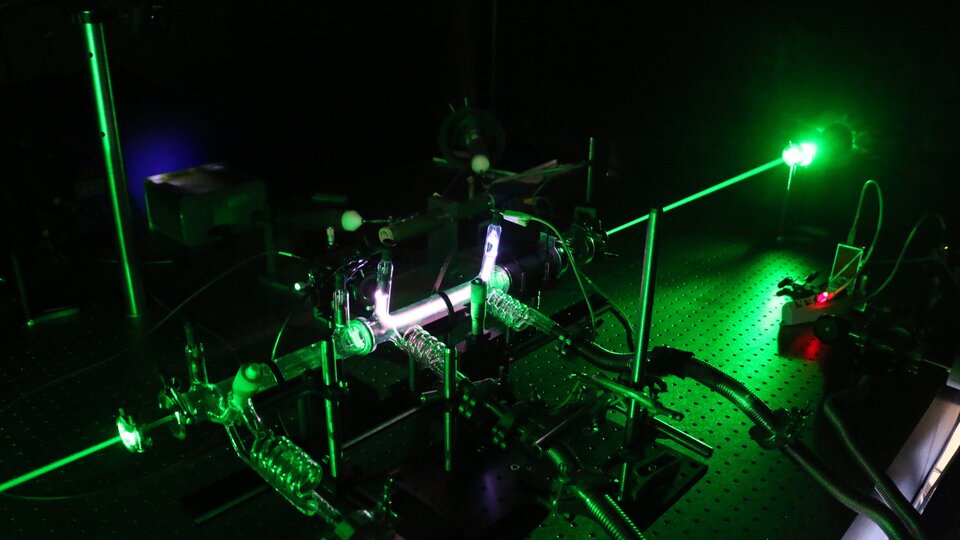
Both teams of researchers successfully created oxygen and carbon monoxide, and the University of Antwerp could combine the generated oxygen with nitrogen compounds. The University of Lisbon group focused on extracting oxygen from the plasma for propulsion or life support.
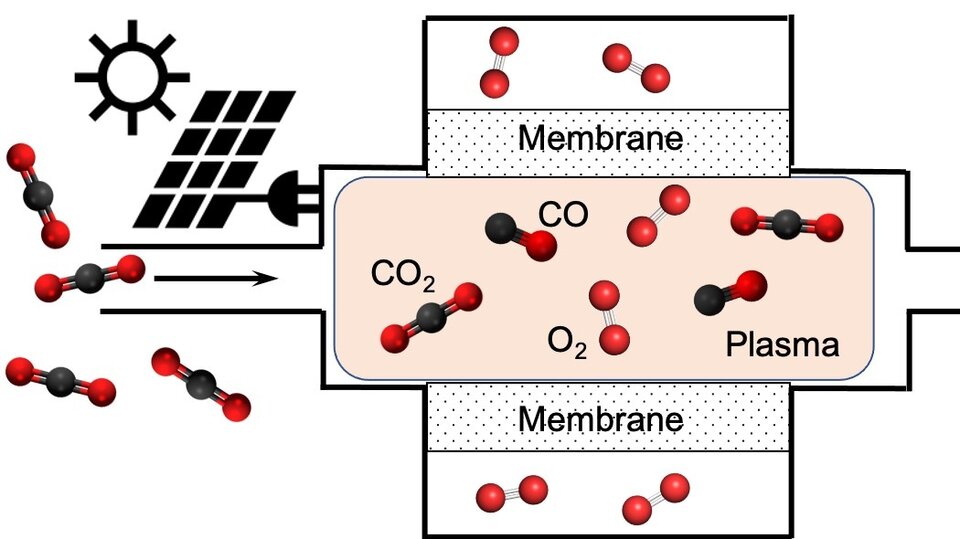
Recreating Mars-like conditions, the University of Antwerp reactor used an energy input of 1 kWh, the same as that used in the 'Mars Oxygen In Situ Resource Utilisation Experiment (MOXIE)', currently on board NASA's Perseverance rover. In 2021, MOXIE used solar power and a technique called electrolysis to extract ten minutes worth of breathable oxygen on Mars.
Record oxygen production efficiency
The speed at which the University of Antwerp got the conversion processes to take place was really impressive. The reactor could convert carbon dioxide to oxygen at 47 g per hour – or 1.1 kg per day, about 30 times quicker than currently achieved with MOXIE. To put this into perspective, an average human consumes around a kilogram of oxygen per day.
"The real benefit of the plasma technology is how quickly it works and how it produces a lot more product compared to the MOXIE system," explains ESA scientist Aidan Cowley, who oversaw the University of Antwerp research.

Speed is not the only benefit of the plasma conversion technique. It uses just 10% of the energy of the MOXIE electrolysis experiment and can be started up almost instantaneously, making it compatible with fluctuating solar energy on Mars.
"Plasma conversion of Mars' atmosphere offers an interesting alternative to electrolysis, as conditions on the Red Planet are naturally well suited to it – considering, for example, the atmospheric composition and low pressure," adds ESA engineer Brigitte Lamaze, who oversaw the University of Lisbon research. "This makes it a strategic asset for ESA, and interesting to explore to facilitate our survival in space."
First production of nitrogen oxides
"The creation of nitrogen oxides from a simulated martian atmosphere is a world first in these two projects," explains Leopold Summerer, head of ESA’s Advanced Concepts and Studies Office. “It demonstrates how the funding of exploratory, blue skies research by ESA Discovery can innovate completely new processes, as well as accelerate existing ones.”
For the very first time, researchers demonstrated the possibility of ‘fixing’ molecular nitrogen (N2) into compounds containing nitrogen and oxygen that form the basis of artificial fertiliser. Fixation is any process that causes relatively unreactive N2 to combine chemically with other elements to form more reactive nitrogen compounds.
Soil-based Martian farms will require nitrogen-based fertiliser. In particular, they are likely to benefit from solid forms of fertiliser that could be created by combining nitrogen oxides with astronaut urine to form urea nitrate. Interestingly, urea nitrate is also a powerful explosive which could be used for excavation and seismology studies.
Why it matters
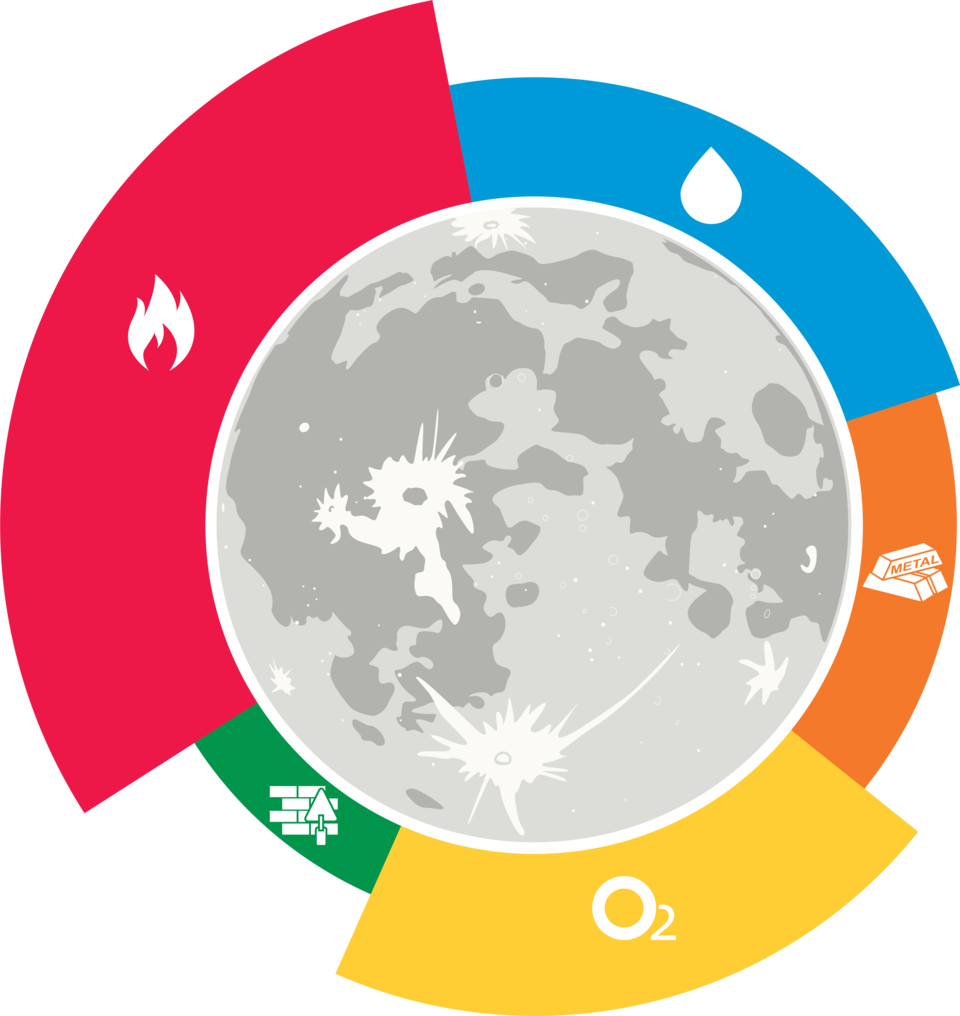
Any long-term human mission to Mars will require breathable air for the crew, fuel for the return trip, and fertiliser to grow food. Taking these from Earth would cost in the realm of a hundred thousand euros per kilogram. Developing the tools to produce them on location is far more efficient. This concept of 'living off the land' is known as in situ resource utilisation (ISRU), and it is something that ESA is investing a lot of time and effort in.
It is also possible that the technology could be applied to tackle environmental challenges on Earth: "The efficiency that you need to make it profitable is more challenging I would say on Earth than on Mars," says Vasco Guerra, who led the University of Lisbon research, referring to the favourable pressure and temperature conditions on Mars. "But the technology can be applied and have an impact much before sending a machine to Mars […] on the research that’s being done on Earth to tackle climate change."
On Earth, current methods of fixing nitrogen to produce nitrogen fertiliser are very energy intensive, accounting for around 2% of the world’s energy consumption and emitting more than 300 million tons of carbon dioxide each year. Replacing these methods with plasma technology could significantly reduce the environmental impact.
What's next?
"Based on the results of these studies, we will see how we could bring forward the technology," concludes Aidan. "We would need to develop and miniaturise it, but it could be a very interesting European technology to take on board future missions to Mars."
University of Lisbon, Laboratoire de Physique des Plasmas at the Ecole Polytechnique and the Dutch Institute For Fundamental Energy Research (DIFFER): 'Plasmas for in situ resource utilization on Mars: Fuels, life support, and agriculture' by V. Guerra et al. (2022) is published in Journal of Applied Physics. DOI: 10.1063/5.0098011
University of Antwerp: 'Producing oxygen and fertilizer with the Martian atmosphere by using microwave plasma' by S. Kelly et al. (2022) is published in Chem. DOI: 10.1016/j.chempr.2022.07.015















 Germany
Germany
 Austria
Austria
 Belgium
Belgium
 Denmark
Denmark
 Spain
Spain
 Estonia
Estonia
 Finland
Finland
 France
France
 Greece
Greece
 Hungary
Hungary
 Ireland
Ireland
 Italy
Italy
 Luxembourg
Luxembourg
 Norway
Norway
 The Netherlands
The Netherlands
 Poland
Poland
 Portugal
Portugal
 Czechia
Czechia
 Romania
Romania
 United Kingdom
United Kingdom
 Slovenia
Slovenia
 Sweden
Sweden
 Switzerland
Switzerland

























